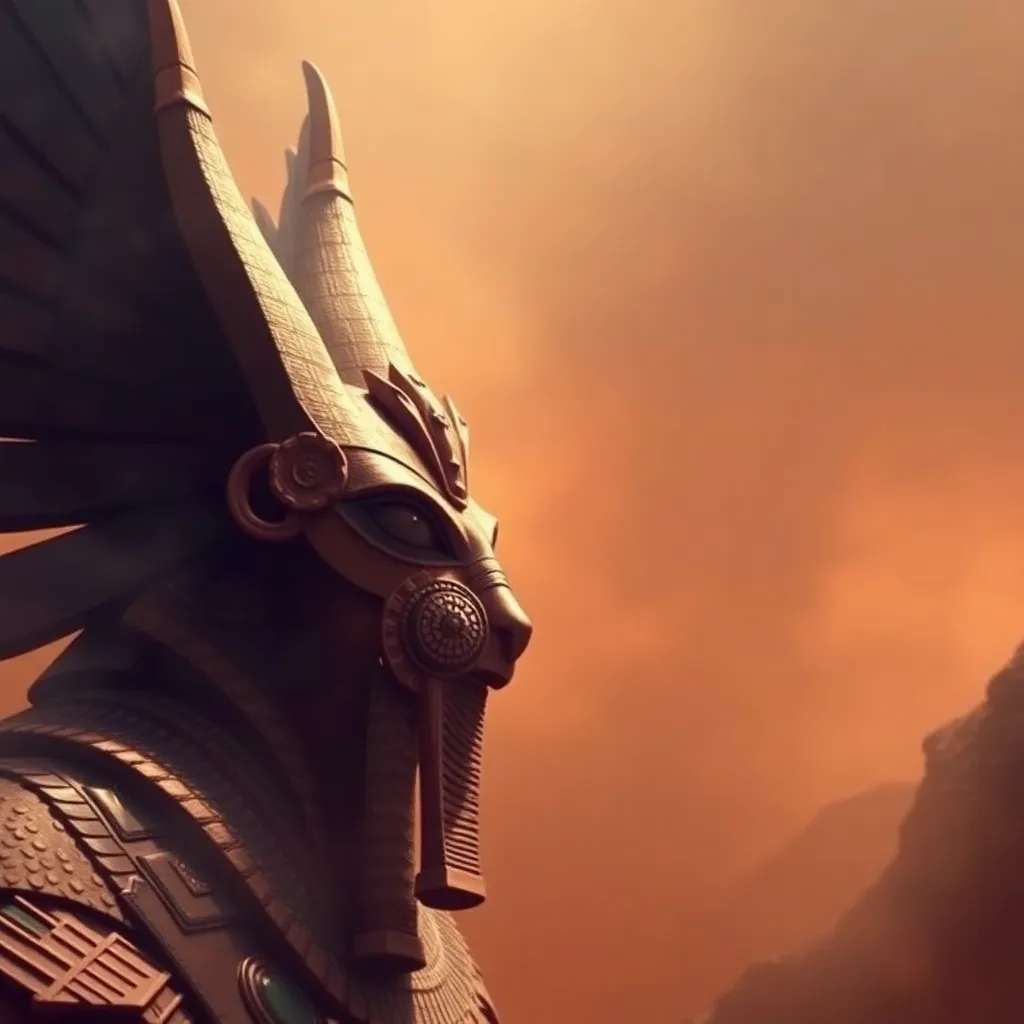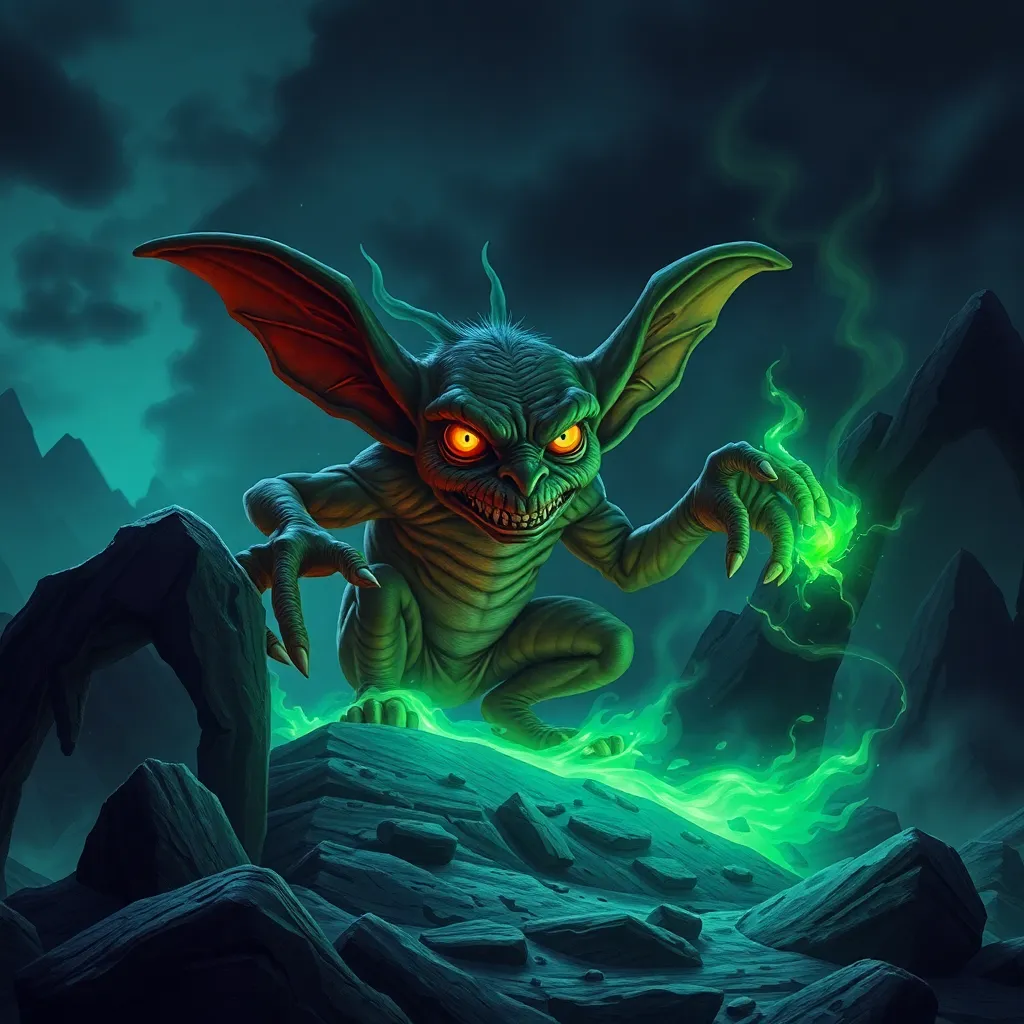The Anubis Myth: A Fascinating Blend of Myth and History
I. Introduction
Anubis, the enigmatic god of ancient Egypt, is a symbol of the afterlife and the mummification process. With a rich tapestry woven from myth and history, Anubis serves as a bridge between the living and the deceased. His significance in ancient Egyptian mythology is profound, influencing religious practices and beliefs surrounding death and the afterlife. This article aims to explore the intersection of Anubis’s mythological narratives and his historical significance within ancient Egyptian society.
II. The Origins of Anubis
The origins of Anubis can be traced back to the early dynastic period of ancient Egypt, with some of the earliest depictions found in tomb paintings and artifacts. He was often represented as a jackal or a man with a jackal’s head, symbolizing his connection to the graveyards of ancient Egypt, where jackals were commonly seen scavenging.
In the earliest texts, Anubis was primarily associated with funerary rites and the preservation of the dead. Over time, his character evolved; he became more distinctly recognized as the god of mummification and the protector of souls in the afterlife. This evolution reflects the changing beliefs and values of ancient Egyptian society regarding death and the afterlife.
III. Anubis in Egyptian Mythology
Anubis occupies a central role in Egyptian mythology, particularly as the god of mummification and the afterlife. His responsibilities included overseeing the embalming process and guiding souls to the afterlife, ensuring they passed safely into the realm of the dead.
The symbolism of the jackal is deeply intertwined with Anubis. Jackals are nocturnal scavengers, often found in graveyards, which made them a fitting representation of a deity associated with death. This connection underscores Anubis’s role as a guardian of the deceased.
One of the key myths involving Anubis is the “Weighing of the Heart,” a critical judgment process in which the deceased’s heart was weighed against the feather of Ma’at, representing truth and justice. If the heart was lighter than the feather, the soul was granted passage to the afterlife; if heavier, it faced annihilation. This myth illustrates Anubis’s dual role as both protector and judge of the dead.
IV. Historical Context of Anubis Worship
Anubis was a significant figure in the context of ancient Egyptian religion and society. His worship was widespread, ranging from the early dynastic periods through the Ptolemaic era. Anubis was often invoked in funerary texts and rituals, highlighting the importance of his role in ensuring a safe journey to the afterlife.
Archaeological findings have uncovered numerous artifacts associated with Anubis worship, including:
- Papyri containing spells and prayers to Anubis
- Statues and amulets featuring his likeness
- Temples dedicated to Anubis, such as those found in Saqqara
The significance of Anubis in funerary practices cannot be overstated. Tombs were often adorned with images and inscriptions invoking Anubis for protection in the afterlife, ensuring that the deceased would be guided correctly in their journey beyond the mortal realm.
V. The Influence of Anubis Beyond Ancient Egypt
The influence of Anubis extended beyond the borders of ancient Egypt, permeating Greek and Roman culture. The Greeks identified Anubis with their god Hermes, who served as a guide for souls. In Roman times, Anubis was often depicted in art and literature, reflecting the ongoing fascination with Egyptian mythology.
In modern media, Anubis continues to be portrayed in various forms, including:
- Films and television series that explore ancient Egyptian themes
- Literature that incorporates mythological elements
- Video games featuring Anubis as a character or symbol
This widespread representation highlights the enduring appeal of Anubis and the fascination with ancient Egyptian mythology in contemporary culture.
VI. Anubis in Contemporary Spirituality
In recent years, there has been a resurgence of interest in ancient Egyptian mythology within modern spirituality. Anubis has emerged as a powerful symbol for many contemporary spiritual practices, particularly within Neo-Paganism and Wicca. His association with death and the afterlife resonates with those exploring themes of transformation and rebirth.
Practitioners often invoke Anubis in rituals related to:
- Guidance during times of transition
- Protection and healing
- Honoring ancestors and the deceased
This revival of Anubis in modern spirituality underscores the timelessness of his myth and the universal themes of life, death, and the journey of the soul.
VII. The Legacy of Anubis
Anubis’s legacy is significant in the context of both modern culture and spirituality. His influence can be seen in various aspects of contemporary life, from art and literature to spiritual practices. As a symbol of the afterlife, Anubis continues to inspire curiosity and reverence.
Preserving the stories and history of Anubis is crucial for understanding the complexities of ancient Egyptian culture. His narratives provide insight into the values, beliefs, and practices of a civilization that has captivated the world for millennia.
VIII. Conclusion
In conclusion, Anubis stands as a powerful figure in both mythology and history. His significance as the god of mummification and the afterlife highlights the importance of death in ancient Egyptian society. As we explore the stories and historical context surrounding Anubis, we gain a deeper appreciation for his enduring legacy. Anubis continues to resonate with people today, reminding us of the universal themes of existence, transformation, and the journey beyond life.



